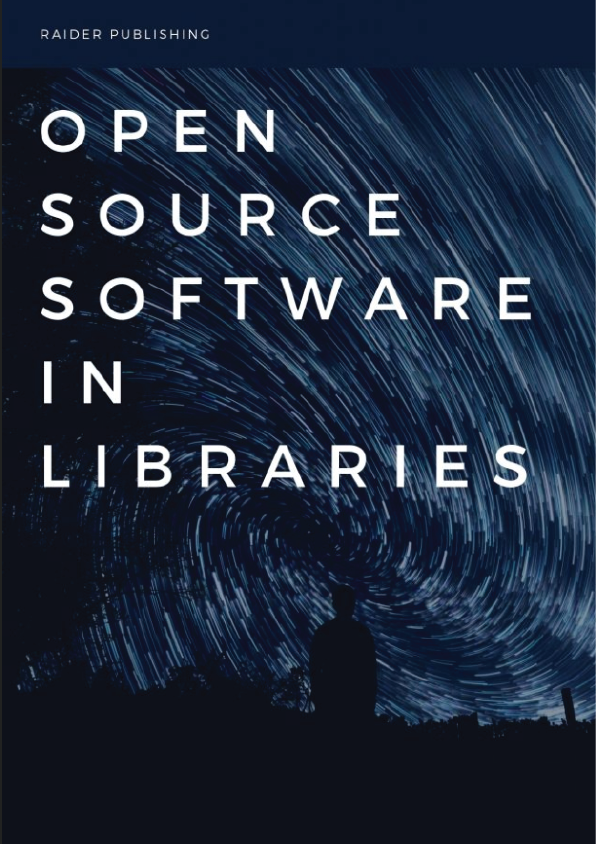Technology touches almost every part of a patron’s experience of a library. The simple act of finding resources is just the surface level activity above a vast network of technology both library-specific and general. Understanding how the various technologies converge to the library and its services and how those technologies and services are affected by Open Source Software will greatly help librarians troubleshoot problems, plan for the future, and serve their patrons.
Section Summary
This section talks about the history of technology in libraries and how that history informs the current state of libraries in general.
Library Technology History
Libraries, from their earliest inceptions, have always used the technology available to get information to their patrons. Sometimes that technology took the form of processes and organizations, but starting in the 1960s, the concept of computers as a part of library technology emerged In 1965, the Library of Congress released a report that “concluded that automation in bibliographic processing, catalog searching, and document retrieval was technically and economically feasible” What was needed still were systems designed for libraries, and for libraries to have their data in formats easily machine-readable. From this need emerged the Machine Readable Cataloging (or MARC) standard. The format was designed to not only be read by a computer but also shareable so that many libraries could get the benefit of one library’s cataloging work. The creation of a sharable standard meant that a central repository of cataloging could be maintained, and that made the Online Computer Library Center (OCLC), a non-profit organization whose mission is to make the technological cost of libraries lower, possible. As technology advanced, libraries were able to connect their resources using a network, and in 1971 the Alden Library at Ohio University became the first to do online cataloging This is a theme that will reoccur. Technology not only lets new and interesting things happen but in the case of software and data, it allows cooperation. It allows many organizations to benefit from the work of a few.
This caused librarians to realize the potential of digitization, which is the act of converting a physical item into an electronic or digital item. In the 1980s, the library of congress started their American Memory pilot project, with the goal of making “5 million items accessible electronically to the nation by the year 2000 If cataloging could be made more efficient with technology and shared resources, so could books and other items. Also around this time libraries developed the Online Public Access Catalog (OPAC), which allowed patrons to search the catalog easier and faster using text-based searching.
In the ’90s, the idea of a library website as a portal to the library’s services and resources was starting to take form. CD-ROMS were being sold with electronic resources, and those developed into the databases that libraries subscribe to today.
The 2000s have been marked by rapid growth in internet technologies, computer languages, and other tools that have helped libraries change rapidly. Caught in the middle of this change are library staff who have to balance traditional tasks and goals with a rapidly changing information environment.
Most modern libraries have a strong foundation of library technology. Most of the technologies that the library science world focused on for the past 60 years are now so commonplace as to be nearly invisible to patrons. Computers are expected. On those computers, patrons expect the internet. They expect to be able to search and find resources from around the world easily. This seamless experience for the patron comes at a technological cost for the library. Efforts must be made to break down barriers and create seamless experiences. Library employees are hired to work with vendors or to maintain servers and software, prevent downtime, and upgrade as new and better technologies are developed. The traditional focus of the librarian as an organizer of information has shifted to include organizer and maintainer of information systems. Many new job postings require applicants to stay abreast of future trends, and many are looking for librarians who can be relied on to do the work those future trends require.



